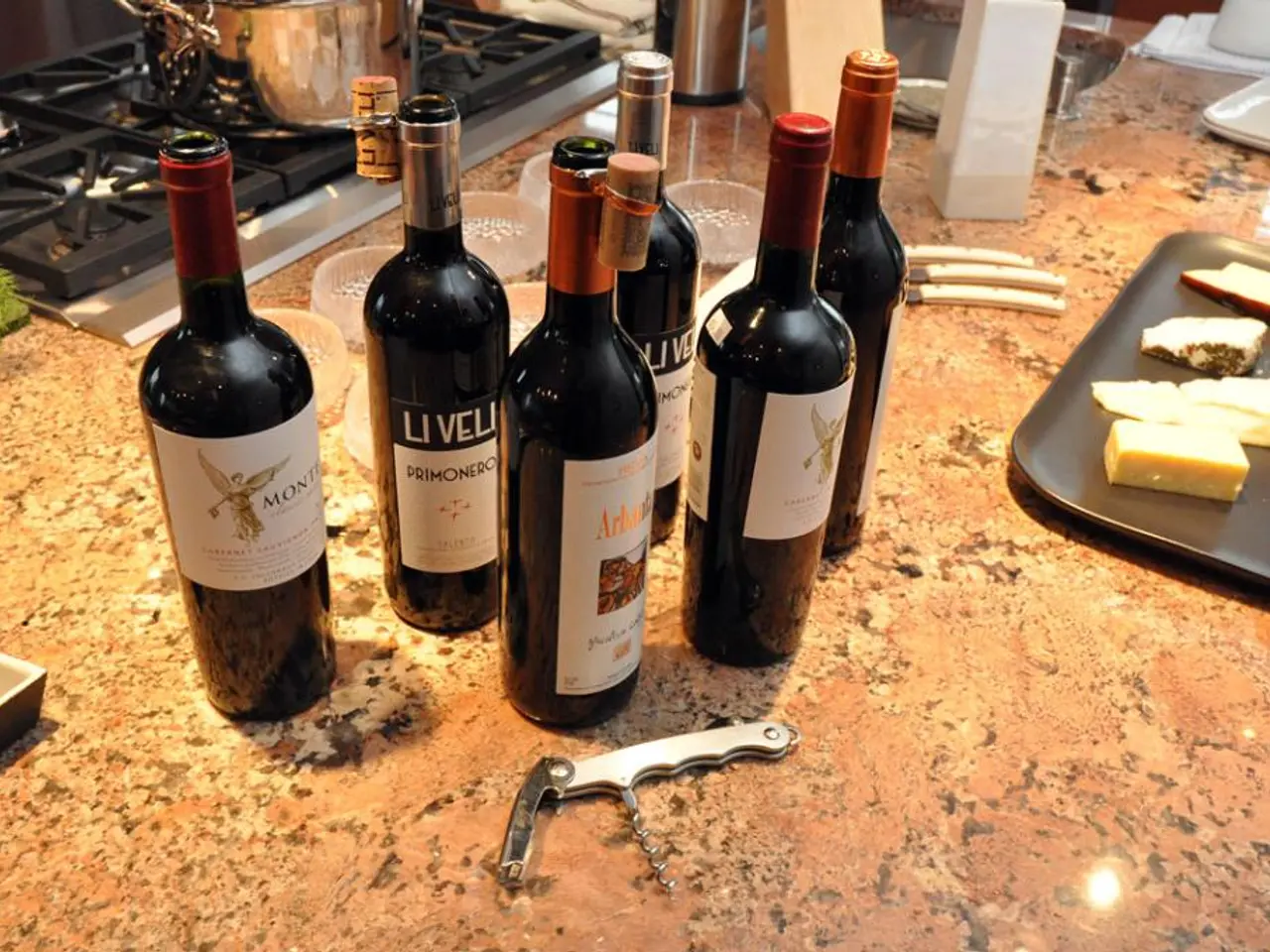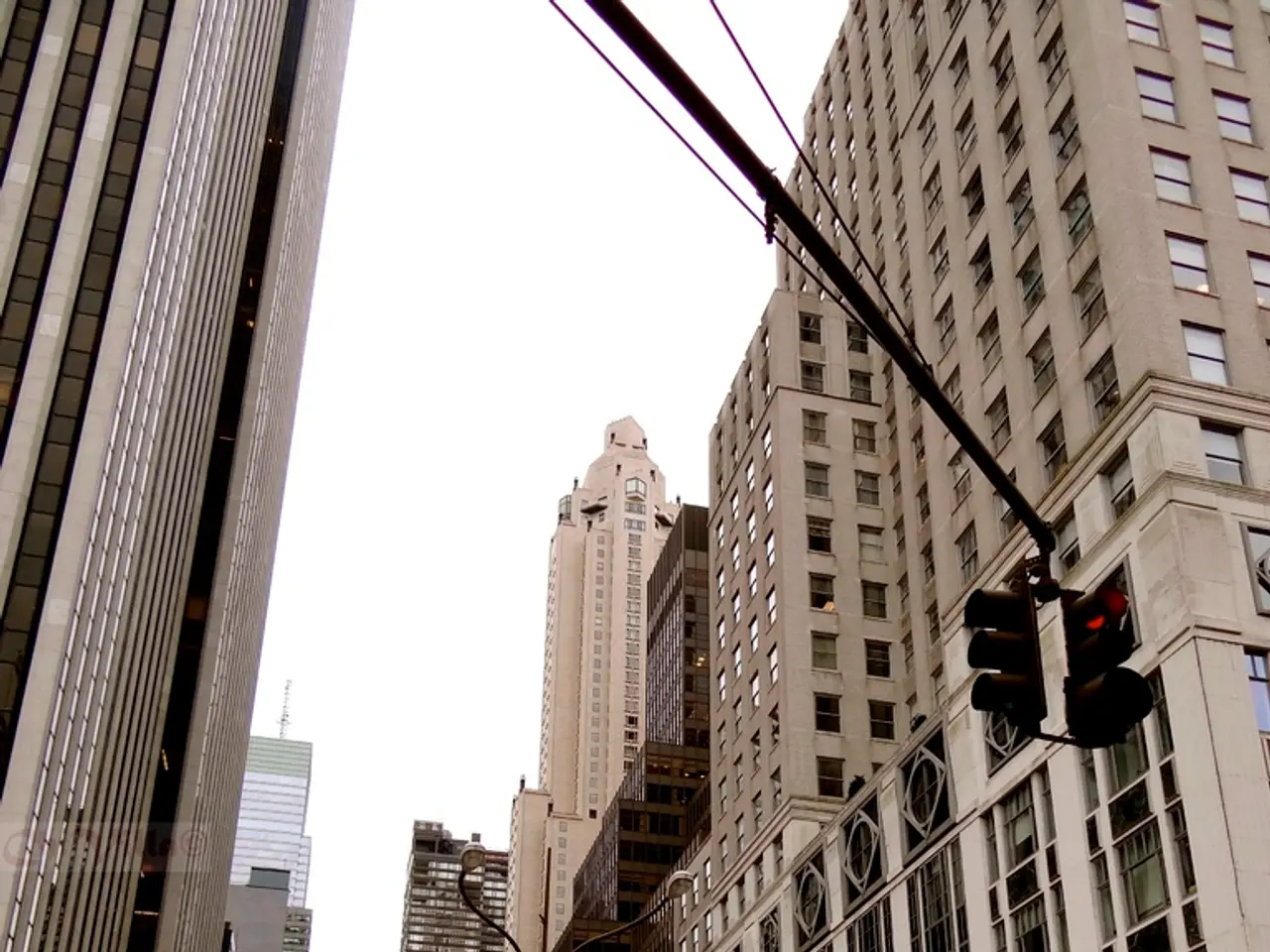Cooking Fire Prevention & Safety Guide in the Kitchen
In the realm of home hazards, kitchen fires are a common occurrence, with cooking being one of the leading causes. Here are seven essential tips to help reduce the risk of a kitchen fire at home and ensure the safety of your loved ones.
- Stay in the Kitchen While Cooking
Monitoring your food is key to preventing unattended fires. Make sure you're always present in the kitchen when cooking to keep an eye on your dishes and prevent any potential mishaps.
- Keep Flammable Items Away from Heat Sources
Avoid placing flammable items such as towels, paper products, and wooden utensils near open flames or hot surfaces. This simple precaution can significantly lower the risk of a kitchen fire.
- Avoid Overcrowding Electrical Outlets
To reduce the risk of electrical fires, avoid overcrowding electrical outlets. Dedicate specific outlets for kitchen appliances like air fryers and microwaves.
- Turn Pot Handles Inward
Turn pot handles towards the centre of the stove to prevent accidental spills that could cause fires. This simple habit can help maintain a safer cooking environment.
- Test Your Smoke Alarms Monthly
Regularly test your smoke alarms to ensure early detection of fires. A functioning smoke alarm can provide valuable time to react and respond effectively to a kitchen fire.
- Unplug Appliances When Not in Use
Unplug appliances like microwaves and air fryers when not in use and avoid using extension cords. This precaution can prevent electrical faults leading to fires.
- Action During a Fire
If a fire starts in an oven or microwave, keep the door closed and turn off the appliance immediately to contain the fire until it burns out or help arrives.
These precautions address common causes of kitchen fires from unattended cooking, flammable materials near heat, electrical hazards, and response actions during a fire.
Additional Tips
- Installing smoke alarms powered by a 10-year-long life battery in all sleeping and living areas of a home is recommended, and they should be connected so that if one is triggered, all will alert you.
- Flammable objects and materials should be kept away from heat sources in the kitchen.
- If renting, Consumer Affairs Victoria advises that the rental provider is responsible for ensuring the property is fitted with smoke alarms.
- Having cooktop and oven inspected by a licensed professional can ensure they are working safely and effectively.
- Keeping a fire blanket and fire extinguisher in the home and knowing what to do in case of a fire is recommended.
- Regularly cleaning the stove top, oven, griller, and range hood can prevent oil, dust, and grease from building up and potentially fuelling fires.
- CFA Chief Officer Jason Heffernan stated that 6pm is the peak time for fires, most of which are due to unattended cooking or mechanical failure.
- Converting gas or standard electric cooktop to an induction cooktop can improve kitchen safety.
- Only wet chemical fire extinguishers are designed to extinguish grease fires.
- In 2023, the Country Fire Authority (CFA) responded to 250 kitchen fires in Victoria, with unattended cooking being a main cause.
By following these tips, you can help create a safer kitchen environment and reduce the risk of a kitchen fire in your home.
- To further enhance safety in your living space, consider integrating a home-and-garden lifestyle that promotes a clutter-free kitchen environment. This includes storing flammable objects and materials away from heat sources in the home-and-garden area, as well as focusing on landscape designs that reduce fire hazards.
- Adopting a conscious lifestyle can also mean incorporating energy-efficient appliances into your home-and-garden setup. Energy-efficient appliances can help reduce the risk of electrical fires and contribute to a greener, more sustainable lifestyle.




